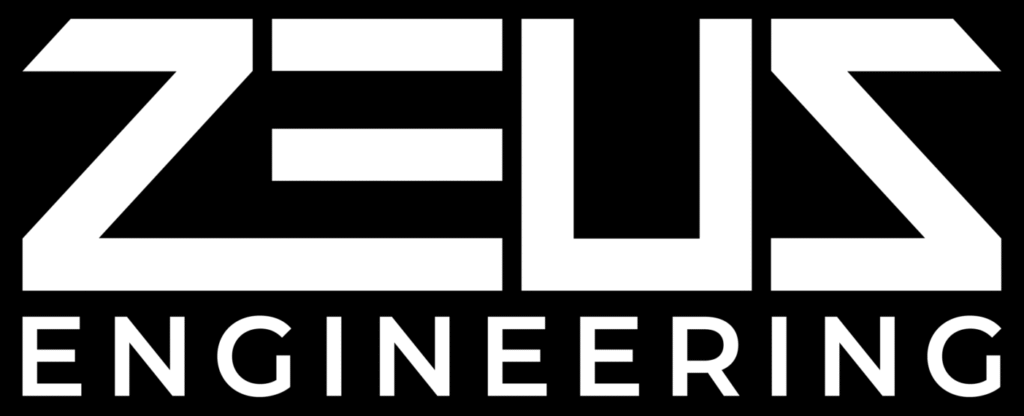
HOTLINE : (+84) 28 2200 1331
ABOUT US
ZEUS ENGINEERING is a Vietnamese owned and operated company founded in 2022.
Our primary focus is in providing Engineering and I.T. services to both LOCAL and FOREIGN companies from Startups to SME’s, with an outlook to provide broader services to Investors in South East Asia and Government Agencies.
ZEUS ENGINEERING department specializes Consultation and Project Management in LAYER 1 INFRASTRUCTURE projects; Solar Renewable Energy, Bitcoin Mining Farms, Web Servers, in addition to R&D on innovative future technologies in these areas.
ZEUS ENGINEERING I.T. provides consulting services for Web Design, Development, Hosting, Email & Telecommunications for SME’s.
Solar Information
Solar panels, also known as photovaltaic cells (PV cells), are devices that convert sunlight directly into electricity, This technology is based on the photovoltaic effect, where semiconductor materials absorb photons from sunlight and release electrons, thus generating an electric current.
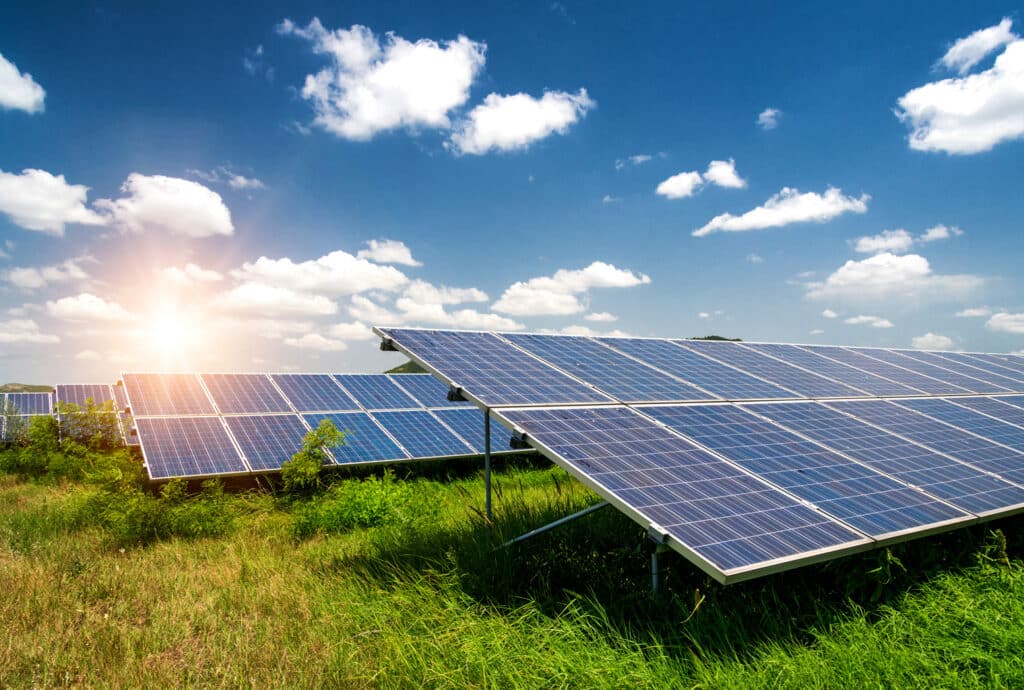
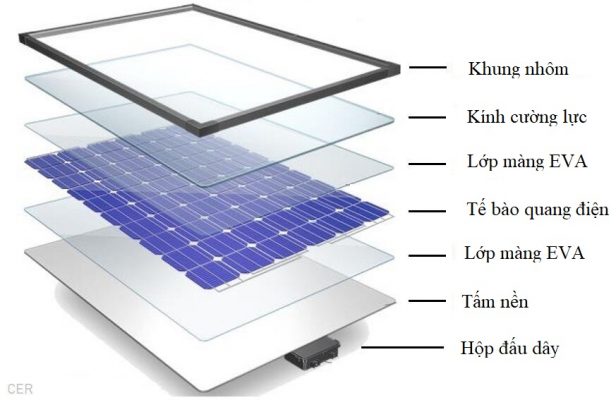
Detailed Structure of Solar Panels
- SemiConductor Material : The most critical component of a solar cell is the semiconductor, typically silicon. Silicon can be processed in different ways to produce various types of solar cells, such as monocrytalline, polycrystalline, or thin-film panels. The efficiency of energy conversion largely depends on the quality of this semiconductor layer
- PN Junction ( Positive – Negative) : In the struture of a solar cell, these are two semiconductor layers-one P-type layer and one N-type layer. The P-type layer has more holes, while the N-type layer has more free electrons. When sunlight hits the cell, the electrons in the N-type layer move toward the P-type layer, creating an electric current.
- Metal Contact Layer : This layer is present on both sides of the solar cell to cllect the freed electrons and produce a continous electric current. These contact layers are typically fine grids to maximize the surface area exposed to sunlight.
- Protective Layer : Solar panels are often protected by tempered glass and aluminum frames to shield against environmental elements such as rain, wind, snow, and mechanical impacts.
How It Works in Detail
The photovoltaic effect is the principle behind solar panel operation. When sunlight hits the panel, the energy from the photons is absorbed by the electrons in the electrons in the semiconductor material, exciting them and causing them to move. As the electrons are excited and move away from their atoms, they flow through the metal contact layer, generating an electric current.
The direct current (DC) generated by the panels can be converted in to altermating current (AC) via an inverter, making it suitable for powering household or industrial appliances.
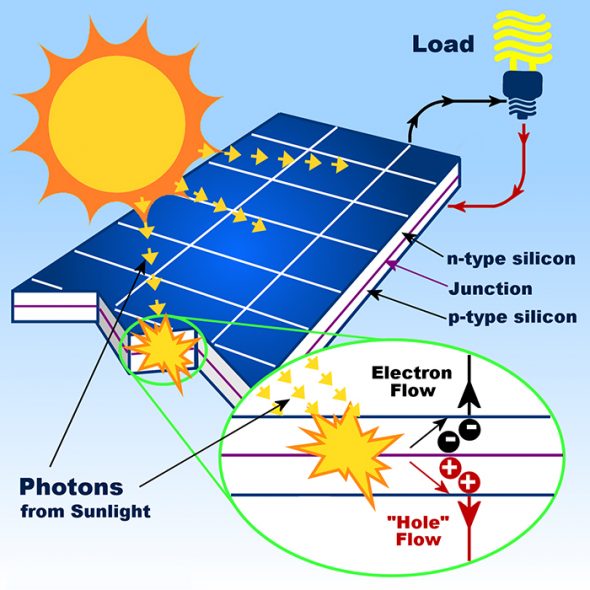
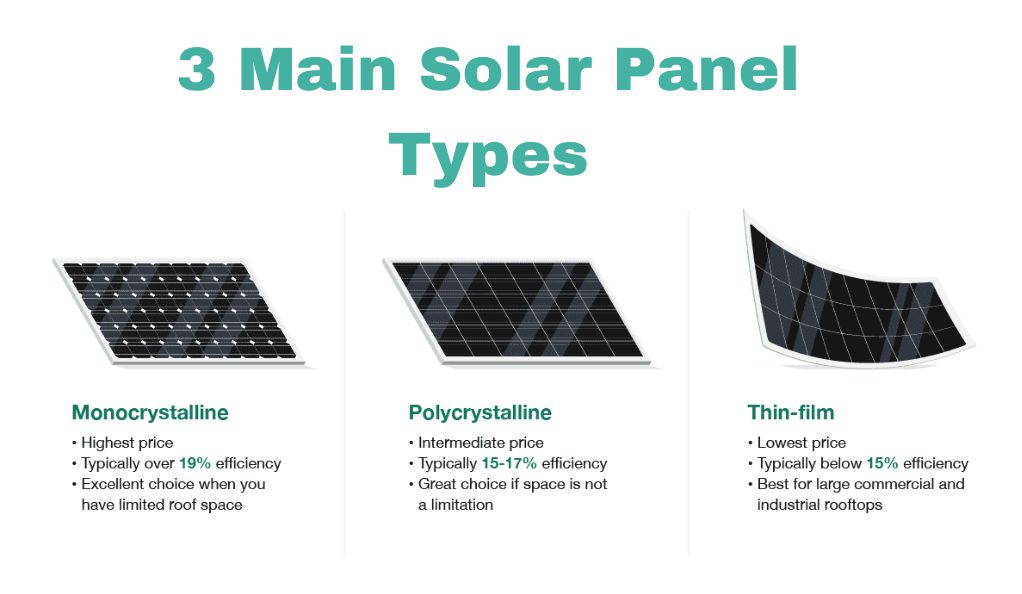
Solar Panel Efficiency
Solar efficiency of a solar panel refers to the percentage of sunlight that is converted into usable electricity. This efficiency can vary depending on the type of panel and light conditions :
- Monocrystalline Solar Panels : The highest efficiency, ranging from 18-22%. These are ideal for projects with limited space as they require less area to generate the same amount of electricity compared to other panel types.
- Polycrystalline Solar Panels : Lower efficiency, ranging from 15-17%, but they are more affordable.
- Thin-film Solar Panels : The lowest efficiency, around 10-12%, but they are lightweight and flexible, making them suitable for specific applications or installations over lager surface.
Factors Affecting Solar Panel Efficiency
- Angle and Intensity of Sunlight : Panels perform best when sunlight strikes them perpendicularly. Stronger sunlight increases energy output.
- Temperature : Solar panel efficiency may decrease as temperatures rise. While sunlight provides energy, excessive heat can reduce the photovoltaic cell’s performance.
- Environment and Weather : Dust, dirt, or snow can block sunlight from reaching the panels, reducing energy output. Regions with more sunlight are ideal for solar installations.
- Lifespan of the Panels : Solar panel efficiency may degrade over time. On average, modern solar systems last 20-30 years, with efficiency decreasing by about 0.5% per year.
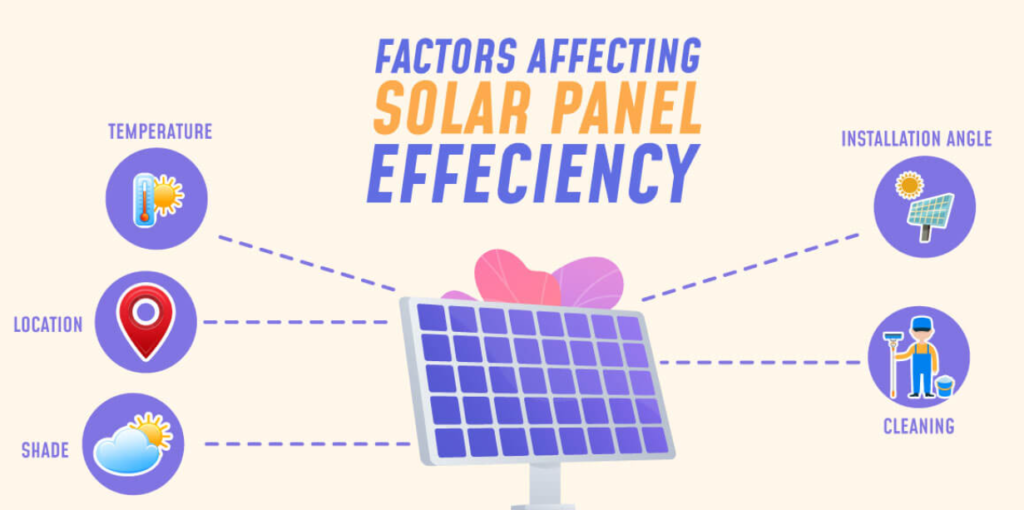
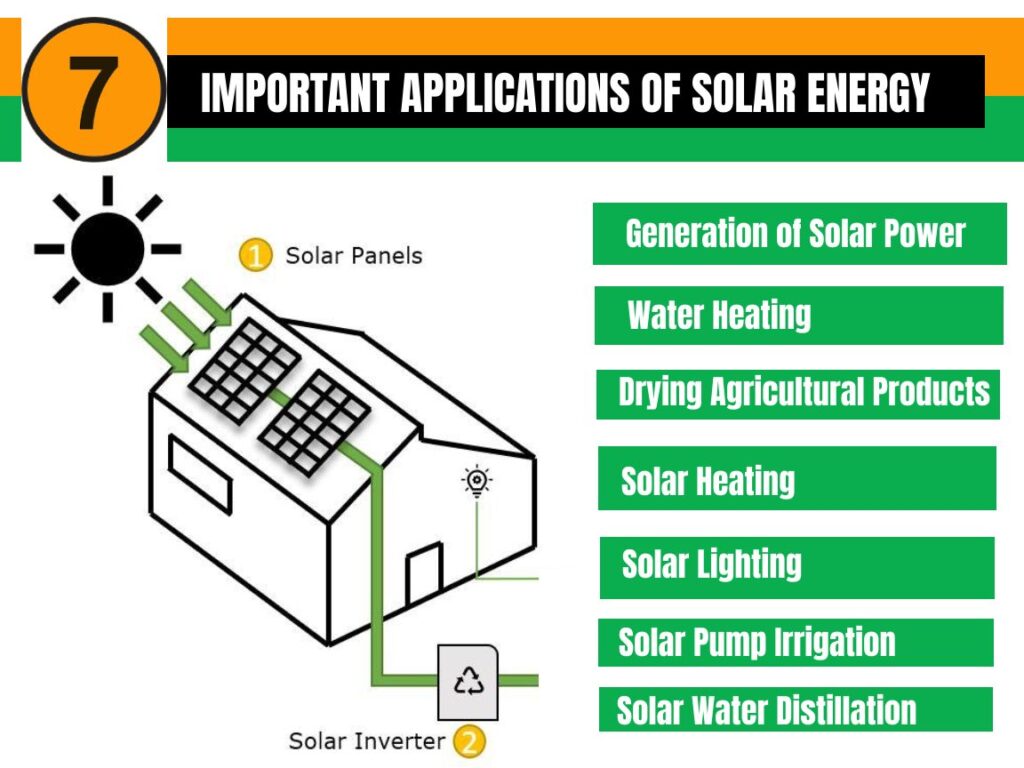
Energy Storage & Applications of Solar Panels
One challenge of solar energy systems is the intermittent nature of sunlight. During the day, when sunlight is abundant, panels may generate more electricity than needed. To maximize energy use, storage systems such as lithium-ion batteries are used to store excess energy for use at night or during cloudy or rainy days.
- Residentail Solar Systems : Solar panels can powers homes, reducing electricity bills and contributing to environmental protection.
- Industrial and Agricultural Use : Solar power is used in factories and farms to reduce operational costs and lower greenhouse gas emissions.
- Off-Grid Power Supply : Solar panels can provide electricity to remote areas where access to the national grid is unavailable, such as rural communities, space stations or ship.